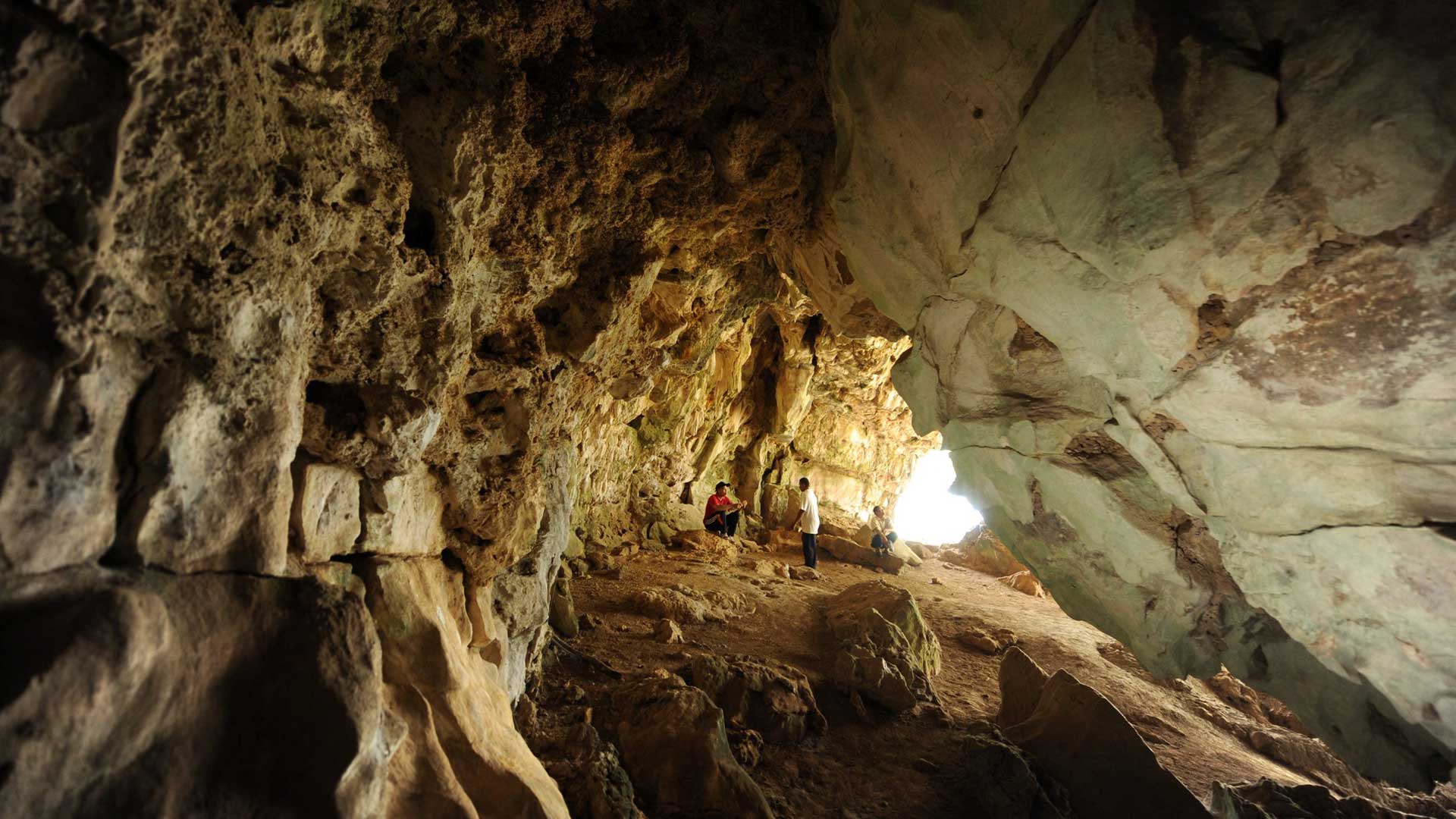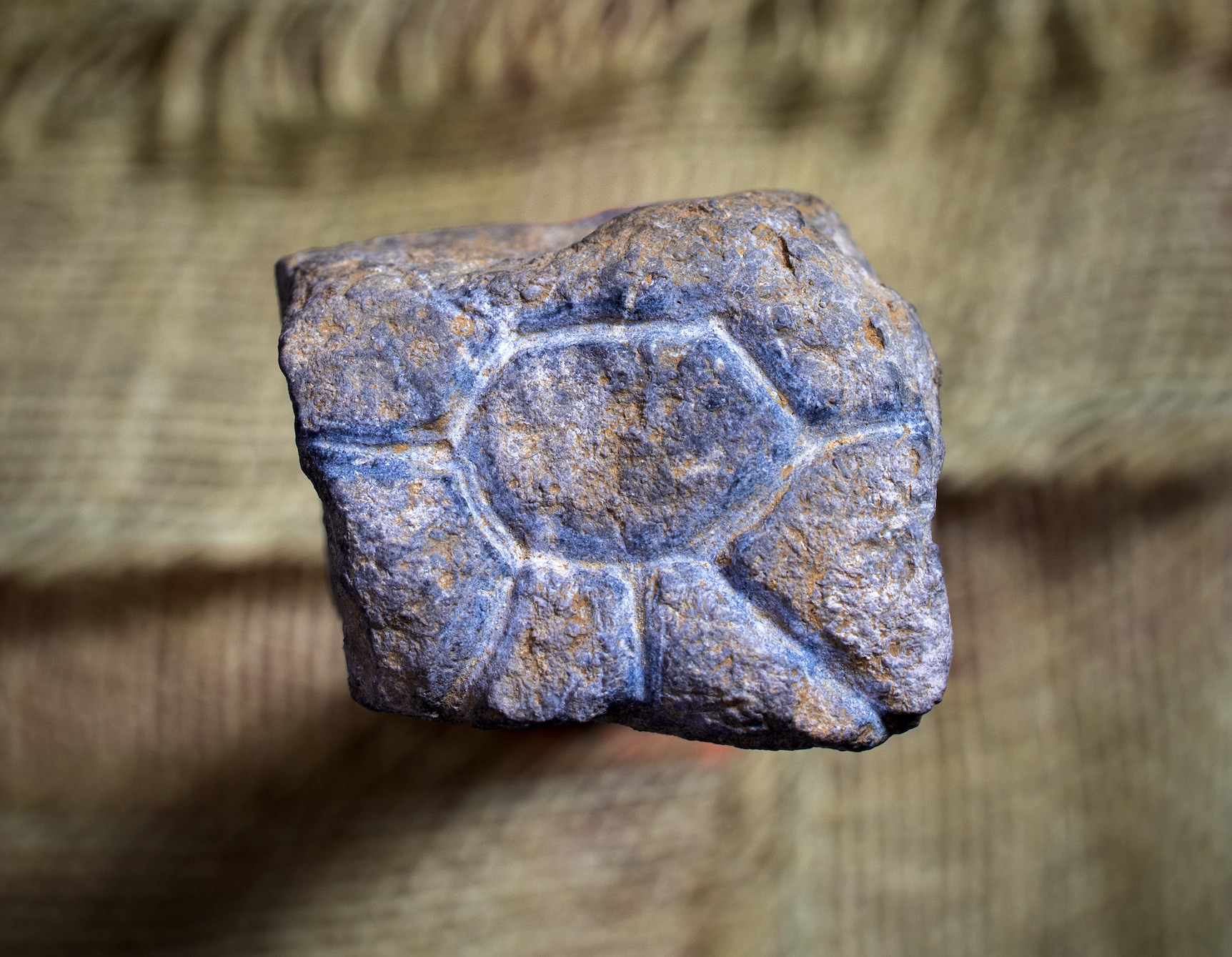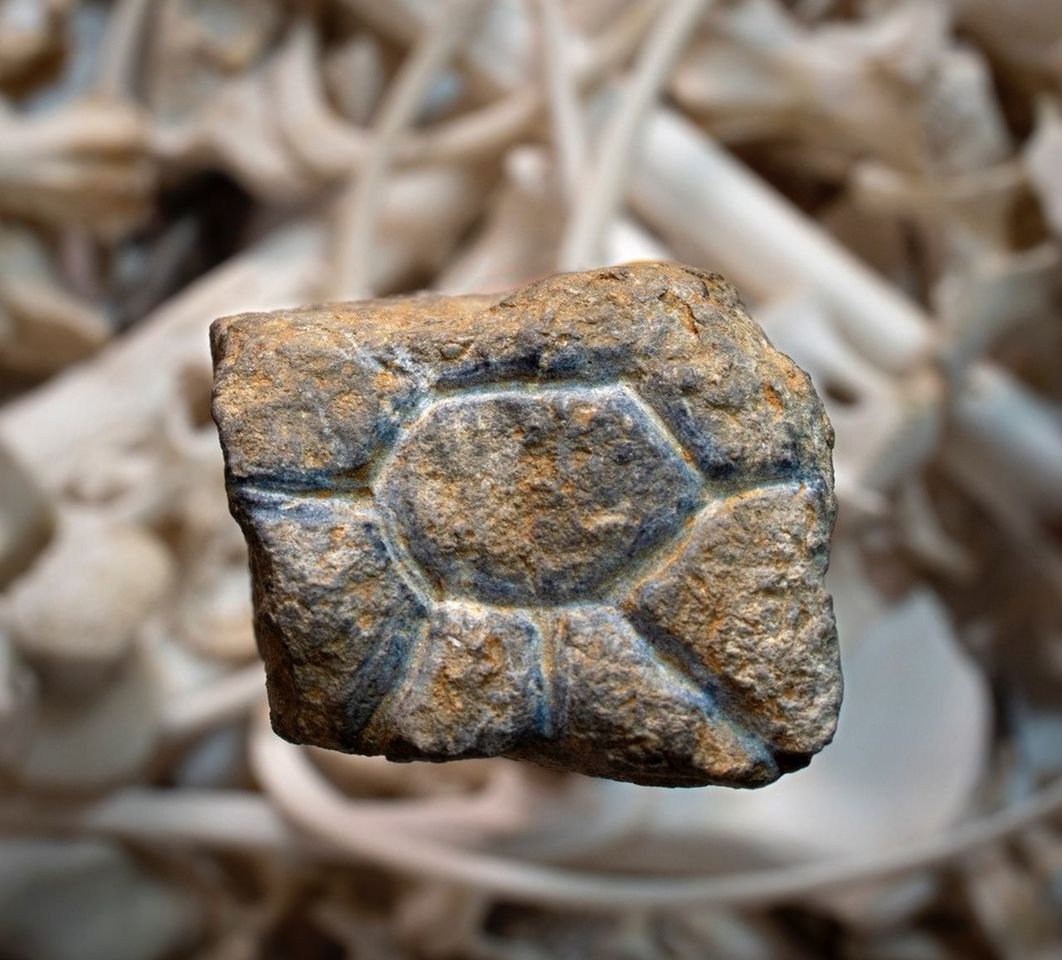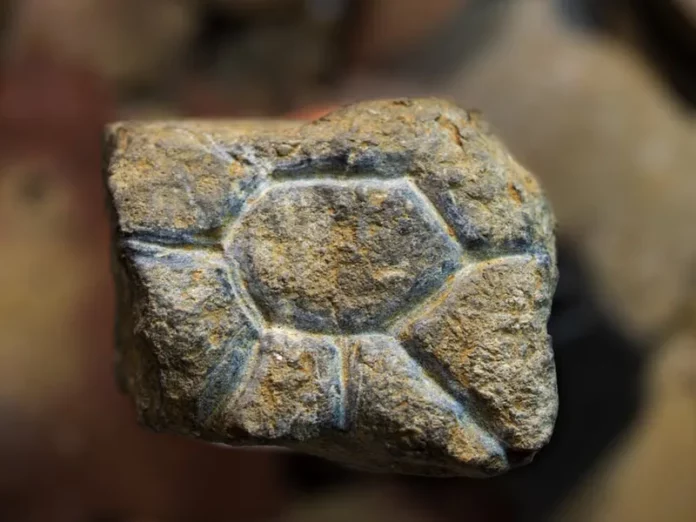The notion that complex artistic expression was a trait exclusive to prehistoric Europe is rapidly fading, thanks to groundbreaking discoveries in other parts of the world. A recent find in an Indonesian cave challenges the outdated belief that human creativity and intricate art evolved only in Europe. Archaeologists have uncovered evidence of portable rock art from the Ice Age in Sulawesi, Indonesia, demonstrating that sophisticated artistic practices were not confined to one region. This discovery offers new insights into the artistic and cultural behaviors of ancient humans.
The Discovery: Pocket-Sized Artifacts

Archaeologists excavating the Leang Bulu Bettue cave on the Indonesian island of Sulawesi between 2017 and 2018 stumbled upon two small stone plaques, or “plaquettes,” featuring engraved designs. These artifacts, estimated to be between 14,000 and 26,000 years old, are the first known portable engravings from Southeast Asia. The plaquettes depict an anoa, or dwarf buffalo, and a mysterious symbol that could represent a star, flower, or eye.
The discovery of these engravings among other artifacts such as stone tools, animal remains, and body ornaments suggests they were used as decorations or symbolic items in a communal space. The presence of these portable artworks highlights a sophisticated level of artistic and cultural expression among prehistoric Southeast Asians.
The Artworks and Their Significance

The first plaquette features an engraving of the anoa, a small buffalo native to the region. This animal was crucial to the hunter-gatherer societies of the time, serving as a source of food and materials for tools. The depiction of the anoa in rock art underscores its significance in daily life and survival.
The second plaquette contains a more enigmatic design. Described by researchers as a sunburst, it includes a vaguely hexagonal shape with rays, limbs, petals, and possibly eyelashes. The original red pigment on the engraving suggests it was intended to be visually striking. While the exact meaning of this symbol remains uncertain, it represents a real-world phenomenon, indicating that the artist aimed to capture something from nature.
Artistic Evolution and Cultural Implications

The findings from Sulawesi add to a growing body of evidence that suggests advanced artistic and symbolic behavior was not limited to Europe. Similar portable engravings from approximately the same period have been discovered in Europe and Western Asia. The Indonesian plaquettes suggest that modern humans across different regions shared similar cognitive and artistic responses to their environment.
Michelle Langley of Griffith University, a study author, notes that figurative art, which includes these small-scale engravings, is a trait unique to Homo sapiens. Such art likely served both practical and emotional purposes, allowing individuals to maintain cultural connections across distances. Unlike static rock paintings, portable art pieces could have carried significant personal or communal value.
Challenging Euro-Centric Theories

The discovery of the Indonesian rock art is part of a broader trend of findings that challenge traditional Euro-centric theories of human artistic development. Last December, researchers uncovered a 44,000-year-old rock mural in Sulawesi depicting what may be the world’s oldest storytelling scene. This mural predates similar works in Europe, further undermining the idea that complex art originated solely in the European context.
As Langley and her team highlight, these discoveries are just the beginning. They represent significant strides in our understanding of prehistoric art and its global distribution. The increasing number of finds in regions like Southeast Asia emphasizes that early humans across different continents engaged in complex artistic practices simultaneously or even earlier than their European counterparts.
Conclusion
The discovery of portable rock art in Ice Age Indonesia represents a pivotal moment in the study of prehistoric art. These findings not only provide valuable insights into the artistic capabilities of ancient Southeast Asians but also challenge long-held assumptions about the origins of complex human expression. As research continues, it is clear that the narrative of human artistic evolution is far more diverse and widespread than previously imagined.
